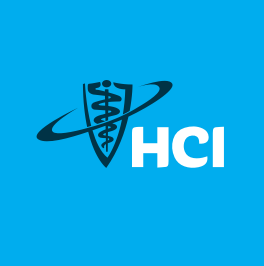3 Predictions for healthcare technological advancement in 2020
Technology is developing at a rate faster than ever. Healthcare and medicine have been slower than other industries to embrace the positive changes that tech can bring, but that has been changing in the last few years. Healthcare is working more and more with technology makers to create new products, robotics, and even AI to help improve the lives of others.
Here are three ways in which we predict technology will grow in the medical field this year.
Wearables will fully transform from fitness tools to reliable accessories
The wearables industry has been growing fast over the last few years thanks to technologies such as heart rate monitors, step counters, smart watches and activity trackers.
Innovation is fast in this sector. Diabetics now routinely use wearable blood sugar monitors rather than pricking their fingers and the tiny Zio patch monitors heart patients remotely rather than requiring them to come in for an ECG. 2020 is predicted to see more wearables move from novelty lifestyle and positive, healthy habit changers to helping treat, monitor and manage diseases remotely. Interest in wearable technology from healthcare providers is growing, particularly in the preventative and continuous monitoring of conditions.
Some examples of how wearable technology may grow in 2020 are:
Heart rate monitor patches
These patches are attached to the chest and monitor both acute and chronic diseases, with changes to vital readings or test results sent wirelessly to monitoring doctors or health professionals.
Future tests could include analysis on sleep (sleep duration, staging, apnoea etc) as well as heart monitoring.
Connected contact lenses
Contact lenses could be another way to measure glucose levels continuously, without the need to draw blood.
Insole sensors
Digital shoe insoles which can continuously measure weight bearing, balance and temperature.
Robots in the operating room
Did you know that there are already collaborative Robots operating on humans? The da Vinci Surgical Robot for instance, gives remote surgeons the ability to perform minimally invasive surgeries with precision and accuracy. While this technology is new and far from perfect, the reported benefits are far outweighing the negatives.
Other uses for robots in medicine include transporting medical supplies and disinfecting hospital rooms.
As technology progresses, as it is at an accelerating rate, it is predicted that there will be more robots assisting medical professionals to improve care and treatment.
3D Printing in Healthcare
3D printing has changed may industries, for good or bad some may argue, but for the future of medicine it is certainly for the good.
3D printing can allow tools to be printed, making them more cost effective overall. Comfortable prosthetic limbs, tailored perfectly to the individual patient's requirements, are another area in which 3D printing can excel and help patients.
Potentially the most importantly use of 3D printing in medicine is the ability, currently in development, of printing tissues and organs for use in transplants. Imagine if we could replace the need for donated organs with 3D printed replicas. This really is the future of 3D printing in the healthcare world.

